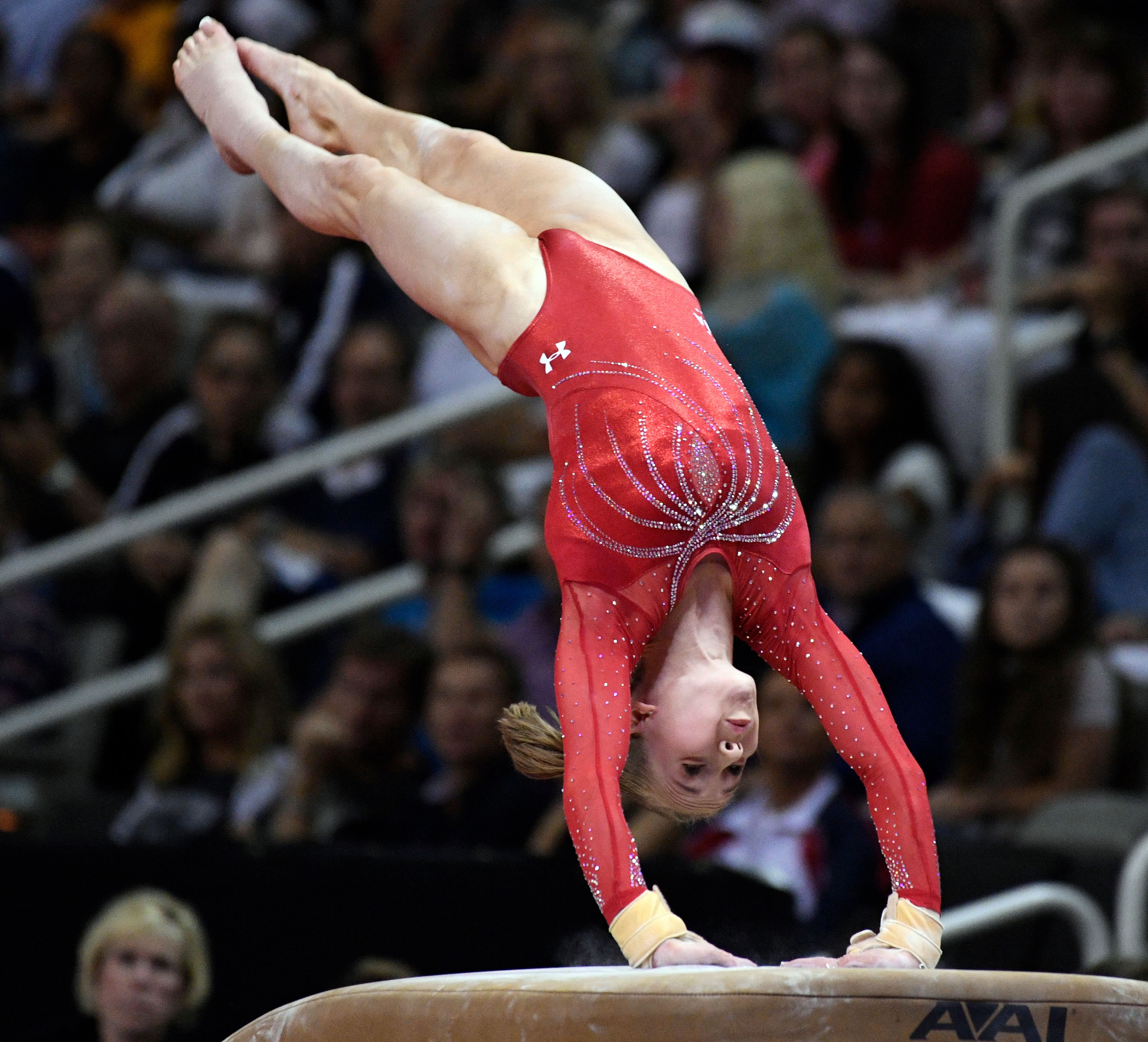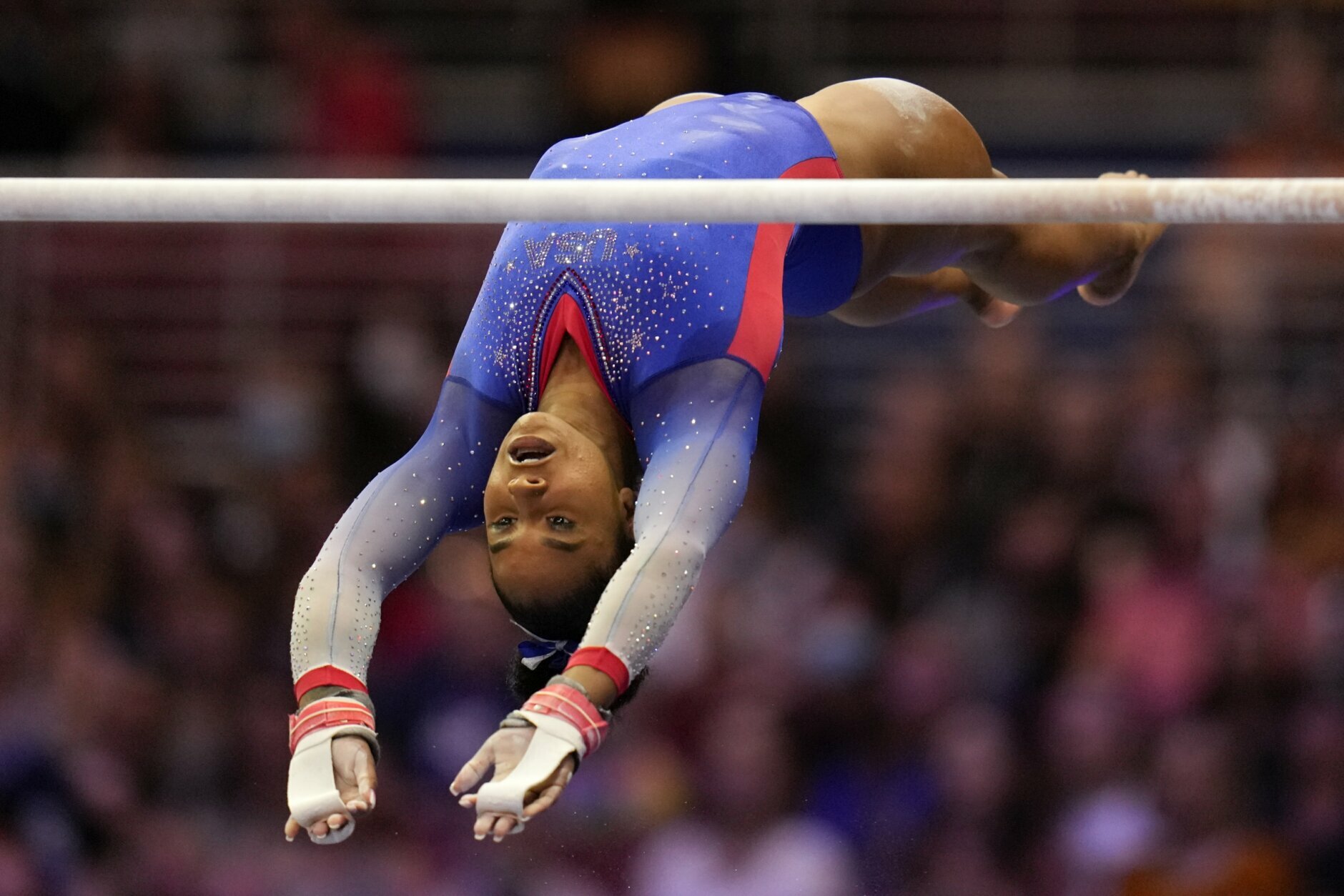Injury Prevention and Recovery

Gymnastics is a physically demanding sport that carries a high risk of injury. Injuries can range from minor strains and sprains to more severe fractures and dislocations. The most common injuries in gymnastics include:
– Ankle sprains
– Knee injuries
– Shoulder injuries
– Back injuries
– Wrist injuries
Preventing injuries in gymnastics requires a combination of proper training techniques, adequate warm-up and cool-down exercises, and the use of appropriate safety equipment. Gymnasts should also be aware of their own bodies and limits, and should avoid pushing themselves too hard.
Rehabilitation from a gymnastics injury can be a long and challenging process. The type of rehabilitation required will depend on the severity of the injury. In some cases, surgery may be necessary. However, most injuries can be treated with a combination of rest, ice, compression, and elevation (RICE). Physical therapy can also be helpful in restoring range of motion and strength.
Medical professionals play an important role in the management and recovery of gymnastics injuries. Doctors can diagnose injuries and recommend treatment options. Physical therapists can help gymnasts regain range of motion and strength. Athletic trainers can provide support and guidance throughout the rehabilitation process.
Injury Prevention Techniques
There are a number of things that gymnasts can do to prevent injuries, including:
– Warming up properly before each workout
– Cooling down properly after each workout
– Using proper technique when performing exercises
– Strengthening the muscles around the joints
– Eating a healthy diet
– Getting enough sleep
Rehabilitation Protocols for Injured Gymnasts
The rehabilitation protocol for an injured gymnast will vary depending on the severity of the injury. However, most protocols will include the following steps:
– Rest
– Ice
– Compression
– Elevation
– Physical therapy
– Gradual return to activity
Role of Medical Professionals in Injury Management and Recovery
Medical professionals play an important role in the management and recovery of gymnastics injuries. Doctors can diagnose injuries and recommend treatment options. Physical therapists can help gymnasts regain range of motion and strength. Athletic trainers can provide support and guidance throughout the rehabilitation process.
Training and Conditioning for Injury Prevention

Gymnastics olympic trials injury – Gymnasts require specialized training and conditioning to prevent injuries. This involves adhering to proper techniques, performing warm-up and cool-down exercises, and maintaining a balanced diet and hydration regimen.
Proper Training Techniques, Gymnastics olympic trials injury
Gymnasts should undergo comprehensive training programs that emphasize correct body mechanics and technique. This includes:
- Mastering proper landing techniques to minimize impact forces on joints.
- Developing core strength and stability to support the spine and reduce the risk of lower back injuries.
- Maintaining flexibility and range of motion to prevent muscle strains and tears.
Warm-up and Cool-down Exercises
Warm-up exercises prepare the body for strenuous activity, while cool-down exercises aid in recovery. Gymnasts should incorporate the following:
- Warm-up: Dynamic stretching, light cardio, and drills to increase body temperature and flexibility.
- Cool-down: Static stretching and foam rolling to reduce muscle soreness and promote relaxation.
Nutrition and Hydration
A balanced diet and adequate hydration are crucial for injury prevention:
- Nutrition: Gymnasts should consume a diet rich in fruits, vegetables, whole grains, and lean protein to support muscle growth and recovery.
- Hydration: Maintaining proper hydration levels is essential to prevent dehydration and muscle cramps, especially during intense training sessions.
Risk Factors and Protective Measures: Gymnastics Olympic Trials Injury

Gymnastics is a physically demanding sport that requires athletes to perform complex and high-impact maneuvers. This can put them at risk of various injuries. Identifying and mitigating these risk factors is crucial for ensuring the safety and well-being of gymnasts.
There are numerous factors that can increase the likelihood of gymnastics injuries, including:
- Improper technique: Incorrect form and technique can strain muscles, tendons, and joints, leading to injuries.
- Overtraining: Excessive training without adequate rest and recovery can put undue stress on the body, increasing the risk of injuries.
- Inadequate warm-up and cool-down: Failing to properly prepare the body for exercise and neglecting to cool down afterward can increase the likelihood of muscle strains and other injuries.
- Poor nutrition: A diet lacking in essential nutrients can weaken the body and make it more susceptible to injuries.
- Insufficient sleep: Sleep deprivation can impair coordination and reaction time, increasing the risk of falls and other accidents.
To mitigate these risk factors and create a safe training environment for gymnasts, several strategies can be implemented:
- Proper equipment maintenance: Ensuring that equipment is in good working order and meets safety standards can help prevent injuries.
- Gradual progression: Gradually increasing the intensity and complexity of training over time allows the body to adapt and reduces the risk of overuse injuries.
- Adequate rest and recovery: Providing gymnasts with sufficient time for rest and recovery allows their bodies to repair and rebuild, reducing the likelihood of injuries.
- Proper nutrition: Encouraging gymnasts to follow a balanced diet that provides the necessary nutrients for muscle growth and repair can help prevent injuries.
- Education and training: Providing gymnasts with education and training on proper technique, injury prevention, and nutrition can empower them to take an active role in their own safety.
Creating a safe training environment for gymnasts involves not only implementing these strategies but also fostering a culture of safety awareness and injury prevention. By prioritizing safety and taking proactive measures to mitigate risk factors, we can help ensure that gymnasts can pursue their passion without compromising their health and well-being.
The gymnastics Olympic trials were filled with injuries, but one gymnast who stood out was Hezy Rivera. Hezly Rivera is a rising star in the gymnastics world, and she proved her worth at the trials. Despite the injuries, Rivera was able to compete and qualify for the Olympics.
She is a true inspiration, and her story is one of perseverance and determination.
Simone Biles, the gymnastics superstar, suffered a foot injury during the Olympic trials. This unfortunate setback has raised concerns about her participation in the upcoming Games. However, fans can still catch a glimpse of the trials action by checking out the gymnastics olympic trials schedule.
The trials will showcase the best gymnasts in the country, who will compete for a spot on the Olympic team. Despite Biles’ injury, the trials promise to be an exciting event that will determine who will represent the United States in Tokyo.